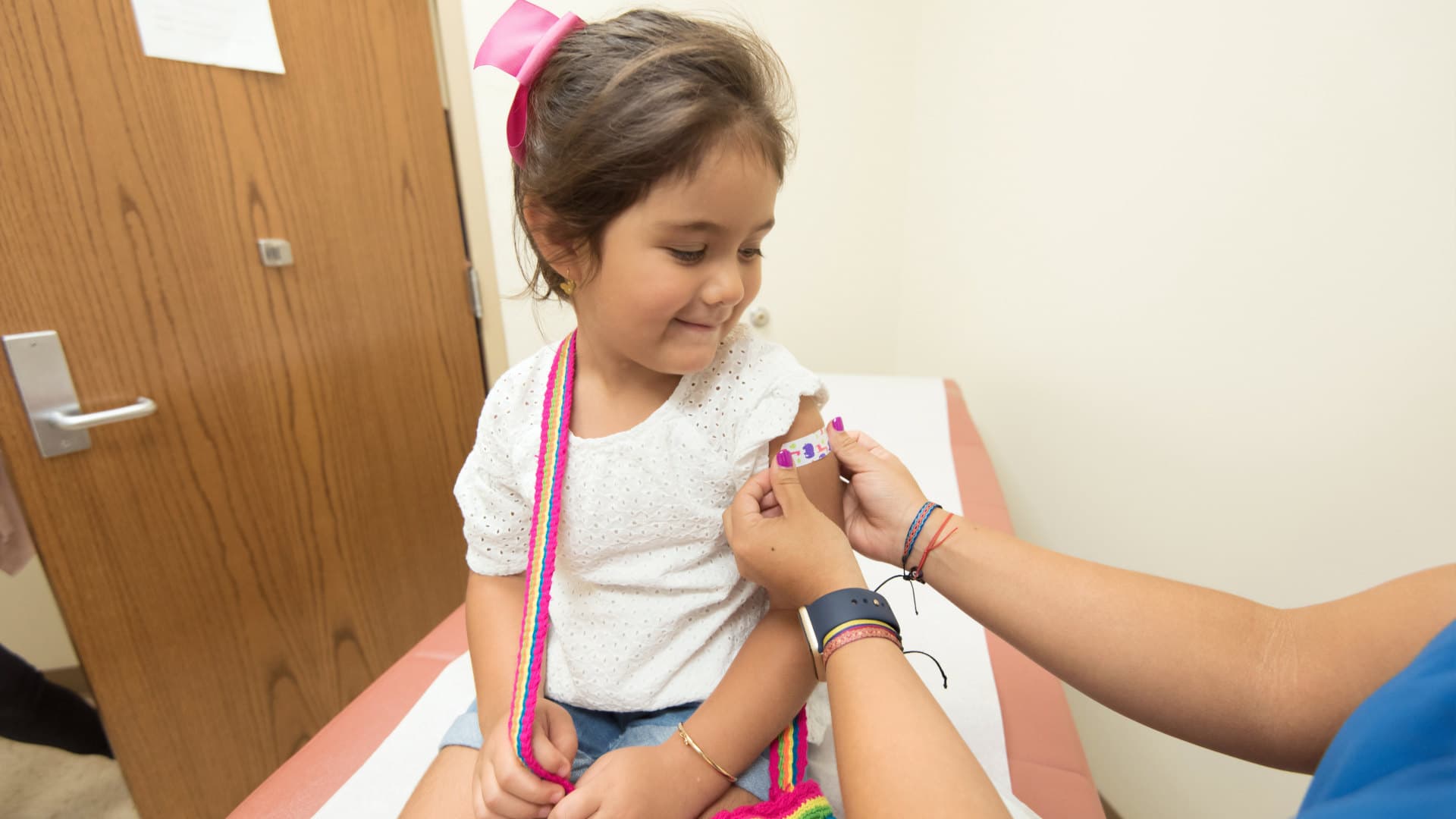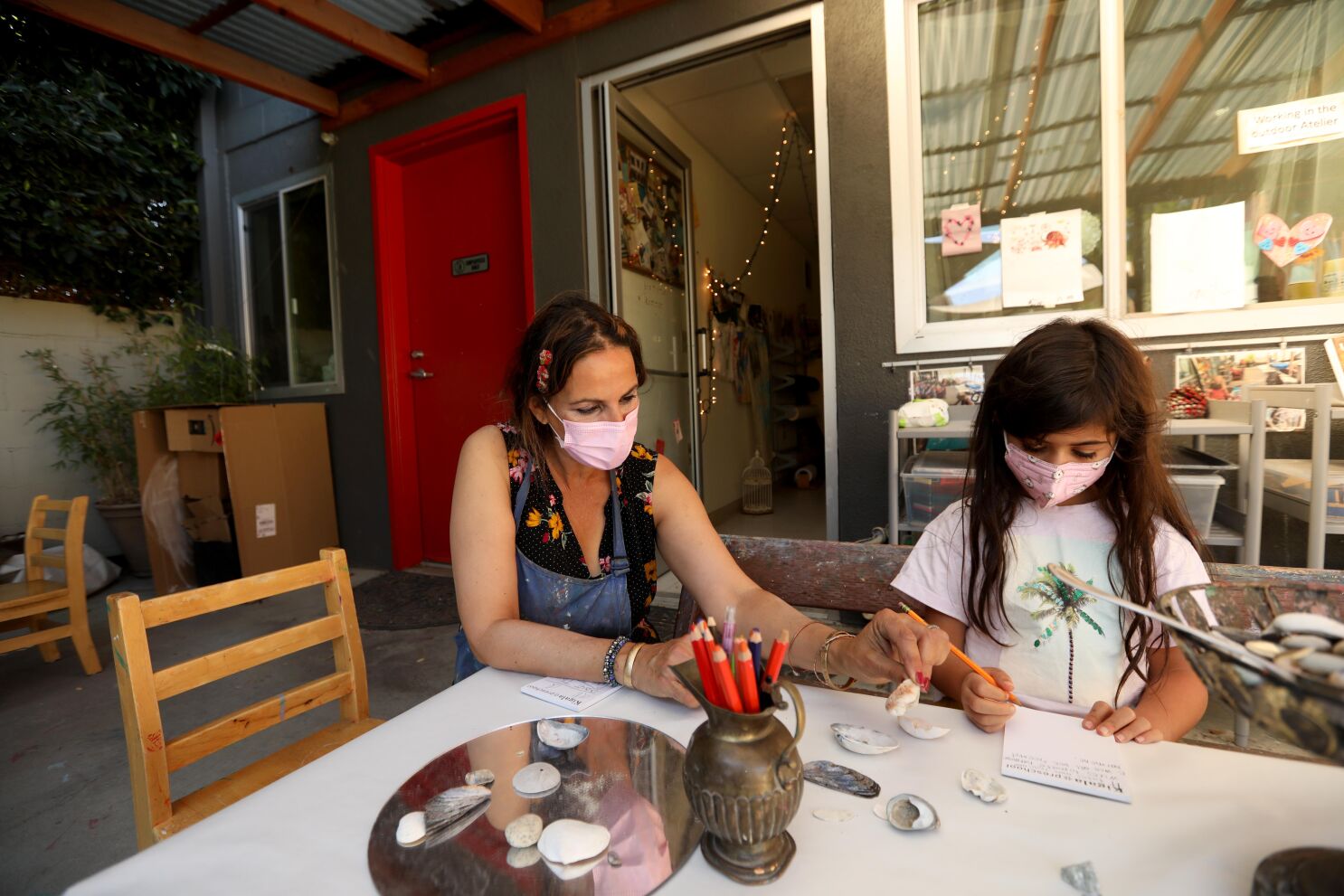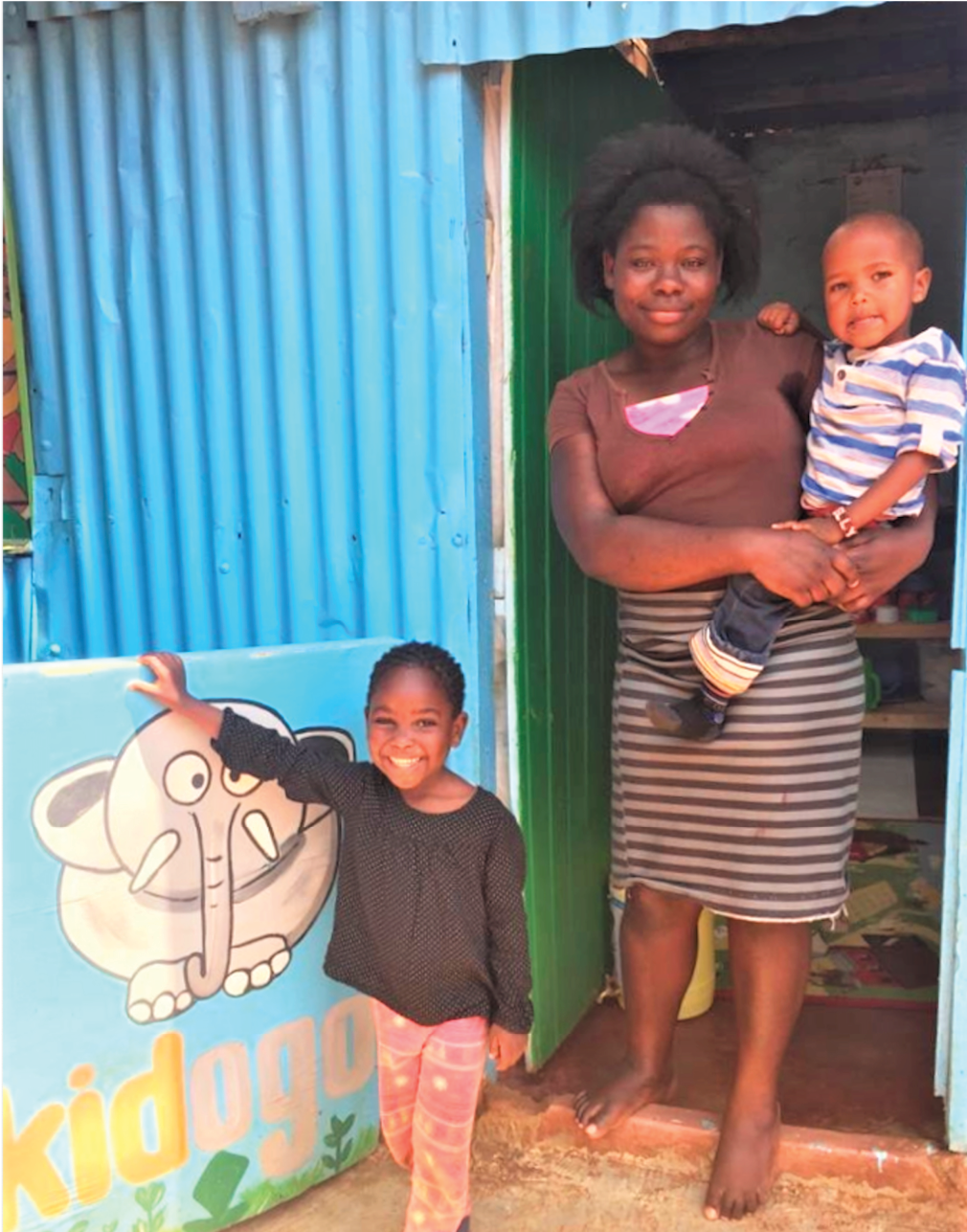Do Daycares Drug Test - Lunch is served to preschool children at the Forever Young Day Care Facility in Mount Lake Terrace, Washington. With government support, many childcare facilities remain open during the pandemic.
This story has been updated to clarify the potential impact of child care proposal packages in the state of Utah.
Do Daycares Drug Test

Federal COVID-19 relief for child care providers continues to flow across the state this year in response to calls from both Republican and Democratic governors that parents need affordable day care to return to work.
Area Job Openings
But child care providers and advocates warn that federal funding expiring in 2024 does not address the industry's fundamental, long-term challenges.
Karen Devos, who runs a rural childcare business in Ada, Minnesota, said federal and state aid must continue. He said things like “The end of the pandemic is approaching” or “OK, the pandemic is a natural thing now. You can't just say "Think about it"
While some states are starting to spend $39 billion on child care authorized by the Relief Plan Act, others are not. Some governors and state legislators have started announcing plans until they will use the funds to provide larger subsidies to companies that can give bonuses to workers because they receive subsidies for emerging childcare businesses.
The state must spend $24 billion on child care subsidies by 2023 and $15 billion on child care subsidies by 2024. A wide range of providers can apply for business grants to pay for rent, wages, equipment and other operating expenses.
School Mask Mandates: Is It Safe For Kids To Go Maskless?
The subsidy builds on a long-standing partnership between the state and federal governments to ensure that low-income households can access care in licensed facilities. The federal government is encouraging states to use these funds to increase funding for subsidies to families, payments to providers, early educators' salaries, or early educator training.
The bailout comes as bipartisan state policymakers increasingly discuss the important role childcare plays in the economy. For example, Idaho's Republican Gov. Brad Little said in an October speech that there are about 9 percent fewer adults currently working or looking for work in the state than in 1998.
"If you want to increase participation, [day care] will have to cope," he said.

But some conservative lawmakers remain cautious. Idaho's Republican-controlled Congress last year rejected part of the federal budget for early childhood education. Lawmakers fear the funding will eliminate the need for educators to teach concepts of social justice and encourage mothers to work outside the home.
Pediatricians Answer Parents' Questions As Kids Return To School, Daycare Amid Covid 19 Omicron Surge
"My concerns about federal money go hand in hand with it," Idaho Congressman Charlie Shepherd said in a recent phone interview. “When they try to enforce a curriculum or put something in there, it's like, 'You have to teach this' or 'You have to teach that'—it's not automatically good for me.''
Meanwhile, proponents of child care providers and some Democrats say that state and federal governments can do more to strengthen the industry, such as expanding subsidies to low-income households or increasing access to publicly funded preschool education. says you have to do it.
After all, the federal government must step in, they say. "This issue is so serious that federal intervention is needed." says
Democrats in Congress included a new childcare subsidy for low- and moderate-income families in their sprawling social spending bill, the Build Back Better Act. The state administers the funds and eventually contributes 10% of child support costs.
Covid 19 In Daycare: Little Oversight Provided By State
However, the law is now blocked. Republicans and moderate Democrats oppose that price tag and most of its provisions. Republicans say the child care portion of the bill will increase child care costs and hurt faith-based providers.
Because future funding is uncertain, child care providers worry about what will happen when federal bailout funds run out. DeVos currently pays employees bonuses ranging from $300 to $700 per month using federal grants from Minnesota's welfare agencies each month.
She said she couldn't afford to pay bonuses without grants. "My fear is what will happen when they are over?"

Even before the pandemic, parents had a hard time finding a daycare center or buying a permitting program that cost as much as a year's worth of in-state college tuition. Meanwhile, child workers typically earn less than $12 an hour, according to the Center for Child Care Employment Research at the University of California, Berkeley School.
Child Care Licensing
After that, COVID-19 feared an entire industry shutdown. A public health order forced businesses to temporarily close. Parents let their children go home to protect them from the virus. The federal Centers for Disease Control and Prevention has recommended social distancing and cleaning procedures. This has reduced the revenues of the childcare business and increased costs.
But while some businesses have shut down completely, policy experts say the industry is surviving thanks to federal support.
First, the CARES Act in March 2020 secured more than $4 billion for child care programs and Head Start, the federal early childhood program for low-income households. Then, in the December 2020 Budget Bill, more than $10 billion was allocated for the same purpose. And finally, the US Rescue Planning Act of March 2021 authorized $39 billion for child care programs.
This does not include federal small business loans or state subsidies (financed primarily by federal aid) that some day care centers have received. For example, DeVos also took out loans from the Federal Paycheck Protection Program.
California Child Care Centers Reel From Omicron Covid Variant
"As a result of federal bailout money, we've narrowly prevented widespread closures," said Dun Wary, senior director of early learning at the Hunt Institute, an affiliate of Duke University's Sanford Graduate School of Public Policy. do. "If the CARES Act is slower than that, I think some of the more disastrous predictions have come true."
Sanford, a Minnesota advocate, said the number of child care centers closed in 2020 in Minnesota is about the same as it has been in the past. She believes government support has brought stability to the sector, starting with an emergency grant funded by the state of Minnesota right after the pandemic began. (The state later used federal help to cover the cost by $30 million.)
DeVos is working on pre-pandemic plans and will be expanding to a second location. This more than doubles the number of children her business serves.

The childcare industry has yet to return to normal. According to the Federal Bureau of Labor Statistics, about 11% fewer people are currently working in child care compared to February 2020.
Recognizing And Treating Ocd In Children
Providers and advocates say recruiting and retaining workers is the biggest challenge right now. Companies are said to be struggling to compete with fast-food chains and large stores that offer more than $15 an hour.
"Our child care program is not employable at all," said Beth Oppenheimer, executive director of the Idaho Early Childhood Education Association, a Voyage-based advocacy group. "The turn-by-turn list is long, but that doesn't mean it's not empty. That means you can't hire a teacher for an empty classroom."
Soaring COVID-19 cases and quarantine rules are making staffing more difficult. DeVos said it hired three more people and increased its total staff by a third to ensure backup when staff responded positively. “Someone has to be there to fill that place,” she said.
Democratic New York Gov. Cathy Hochul said she wants to make sure families earning up to 225 percent of the federal poverty line can access child support by raising it from the current state limit of 200 percent. she did Raise the salary of the nursery teacher. Colorado Resident State Party Governor Jared Polis wants to spend $30 million to renovate state buildings, including higher education institutions, and add child care facilities. Facilities are generally public and operated by private providers.
Day Cares Struggle To Stay Open As Covid 19 Surges Across Japan
Republican South Dakota Gov. Christie Noem denounced the federal government's Better Revitalization Act in her annual budget speech, but promoted plans to distribute aid from the state-allocated $100 million U.S. Relief Plan Act. . These funds will be used to support new and existing childcare initiatives, help employers open facilities for their employees, and fund scholarships for childcare workers. she said.
Most of the latest proposals are likely to be funded by funds from the US Relief Plan Act, even if the governor doesn't specify it, says Anne Hedgepes, deputy director of policy for America for Children. Advocates for referral agencies and parenting policies.
While some countries have begun distributing federal childcare funds, others are still working to plan the money.

Part of the reason, according to Hedge Pes, is timing, she says. In some states Congress had to approve spending and the last session did not have time to do so.
Low Rates Of Covid 19 Noted In Daycare Kids
The State Plan presents a variety of strategies for using business and child care subsidies. For example, the states of North Carolina and Connecticut provide larger business subsidies for programs that increase workers' basic wages and benefits.
Arkansas will use these grants to help Essential Workers cover childcare and care costs.
How much do daycares pay, do daycares have cameras, what time do daycares open, what do daycares provide, what time do daycares close, what do daycares do, do hospitals have daycares, how much do daycares make, do daycares provide food, how much do daycares charge, do daycares allow cloth diapers, how much do daycares cost
0 Comments